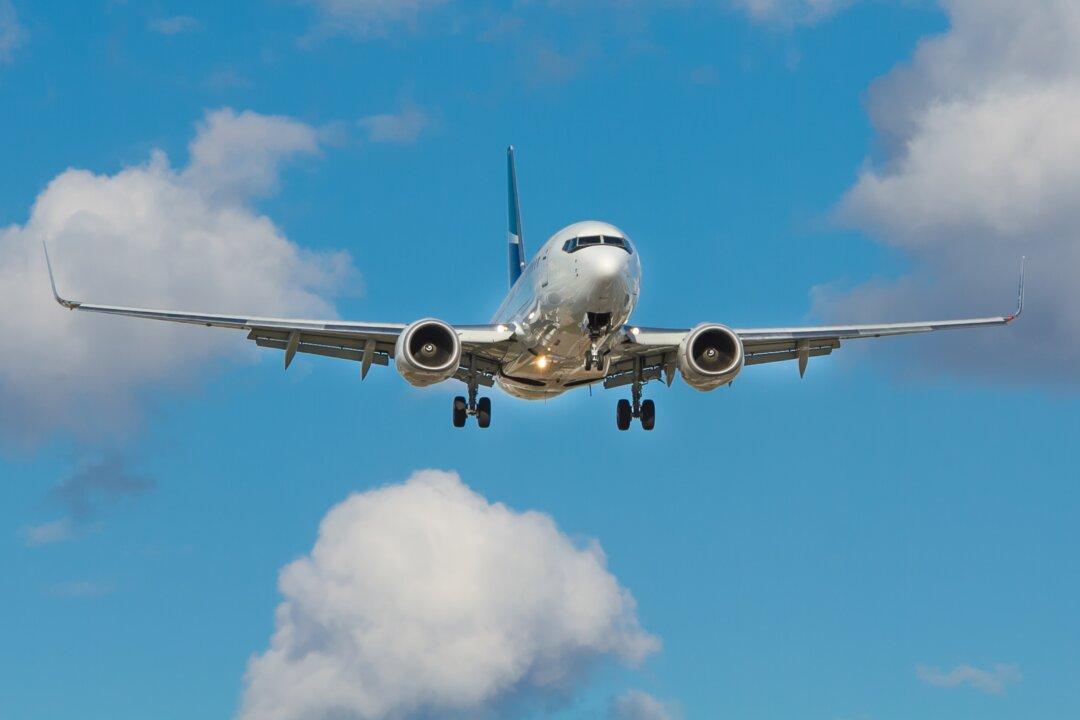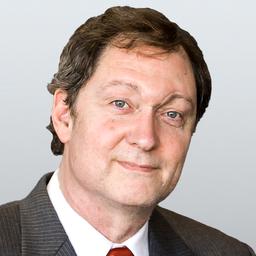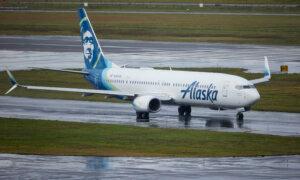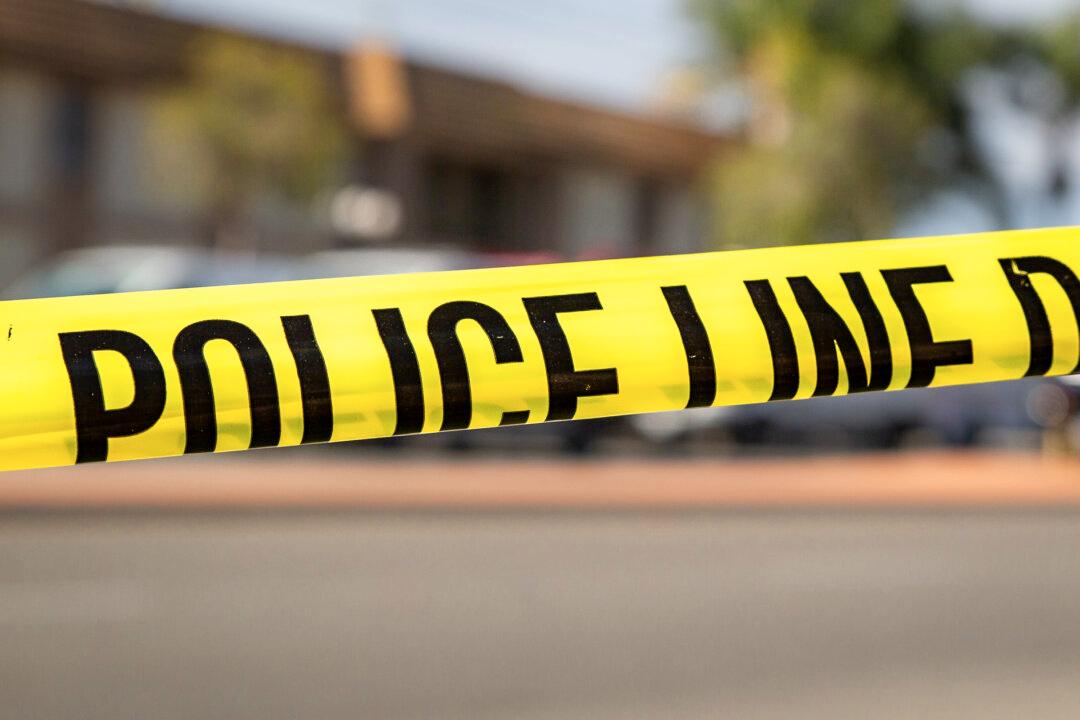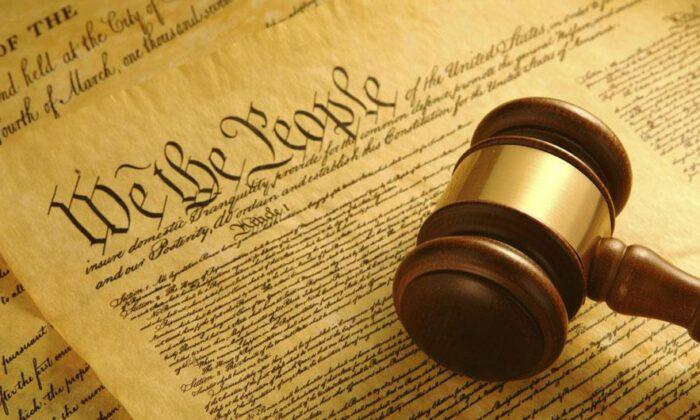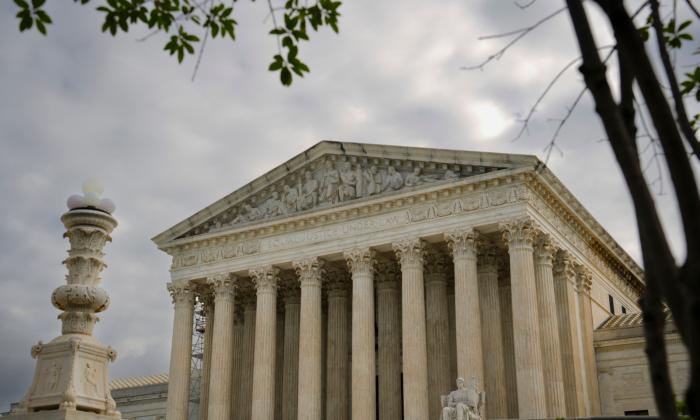Commentary
Prices in the United States have been rising across the board, but the increase in airfares has been particularly acute. Part of that is because of a significant pilot shortage. A
new report from management consulting firm Oliver Wyman finds that North America has about 90,000 pilots, falling approximately 8,000 pilots short of demand. And the problem is only getting worse, projected to rise to a shortage of 30,000 pilots over the next decade.
We can blame three coalescing events:
regulatory changes enacted under President Barack Obama,
vaccine mandates, and forced pilot retirements as airlines scrambled to stay afloat during the pandemic.
Pilots face a mandatory retirement age of 65, and the many pilots who received their training during the Vietnam War have now retired.
But recruiting a new generation of pilots is much more difficult than it used to be. Until 2010, pilots needed 250 hours of flight experience to be licensed to fly U.S. passenger and cargo airplanes. That year, President Obama signed a law increasing it to 1,500 hours, a six-fold increase.
The new rules required an additional
750 hours even for pilots who received military training.
The crash of Colgan Air Flight 3407 near Buffalo, New York, in February 2009 provided the impetus for the increased hours. All 49 passengers and crew members died. Although commercial airplane crashes are extremely rare, the accident provoked cries for more safety regulations.
But the 1,500-hour rule wouldn’t have prevented the crash. Pilot Marvin Renslow had 3,379 hours of flight experience. Co-pilot Rebecca Lynne Shaw had more than 2,200 hours, including 772 hours in the type of plane that crashed.
Incompetence, not lack of training, was the real problem with the Colgan Air crash. When a stall warning went off in the cockpit, Renslow raised the plane’s nose rather than lowering it as pilots are trained to do. He had failed five “check ride” proficiency tests conducted in cockpits or simulators.
One National Transportation Safety Board safety expert observed, “It does raise a flag when you see five.” Renslow didn’t tell Colgan Air about the three check rides he had failed before being hired, and the Federal Aviation Administration doesn’t make such failures public.
After two more test failures, Colgan had to know that Renslow was one of their weaker pilots. But Renslow enjoyed the powerful protection of the pilots’ union.
The costs of the new training requirements are massive, and prospective pilots generally have to foot the bill themselves. The first 250 hours are supervised by a flight instructor and cost about $200 per hour. The next 1,250 hours of training don’t require an instructor, but they still
cost at least $150 per hour in a single-engine plane. The total cost, then, for single-engine training is about $237,500. The cost of training in a multi-engine aircraft is higher still. There’s no limit on how much someone can train in a week, but getting the required hours usually takes a couple of years.
How flight students are supposed to finance this additional training is anyone’s guess. Airlines are reluctant to train pilots, since they may leave for another airline after getting their hours. But some airlines have no other choice.
The 2010 reform also imposed strict limits on the number of hours that licensed pilots can fly. During any 365-day period, pilots can’t fly for more than
an average of 2.7 hours per day, making it still more difficult to find pilots for the tens of thousands of flights that are made daily.
The shortage is likely to get worse, the Oliver Wyman consulting firm
warns: “The supply of new commercial pilots is expected to pick up over the next few years. But under current conditions, it doesn’t look like this will be enough to cover increasing demand and the bow wave of retirements the industry will face over the next decade. As a result, we expect that North America will be short nearly 30,000 pilots by 2032.”
Licensed airline pilots are the obvious beneficiaries of the lengthy training requirements. Salaries have risen as airlines compete with each other for a small number of pilots. That’s what the unions wanted, but it came at the expense of all American air travelers. Flights would be cheaper and more abundant, especially for smaller markets, if not for the 2010 rule change.
Something has to be done to alleviate the pilot shortage. Sens. John Thune and Kyrsten Sinema have
proposed an “enhanced qualification program” that would allow flight simulators to count toward 250 hours of flight time. The program would involve classroom study and use of flight simulators. Not surprisingly, the Allied Pilots Association has come out against the program because increasing the number of new pilots means lower wages for existing pilots.
As airline prices continue climbing, people should direct their anger not at the airlines but at the regulations that brought us here.
Views expressed in this article are opinions of the author and do not necessarily reflect the views of The Epoch Times.
